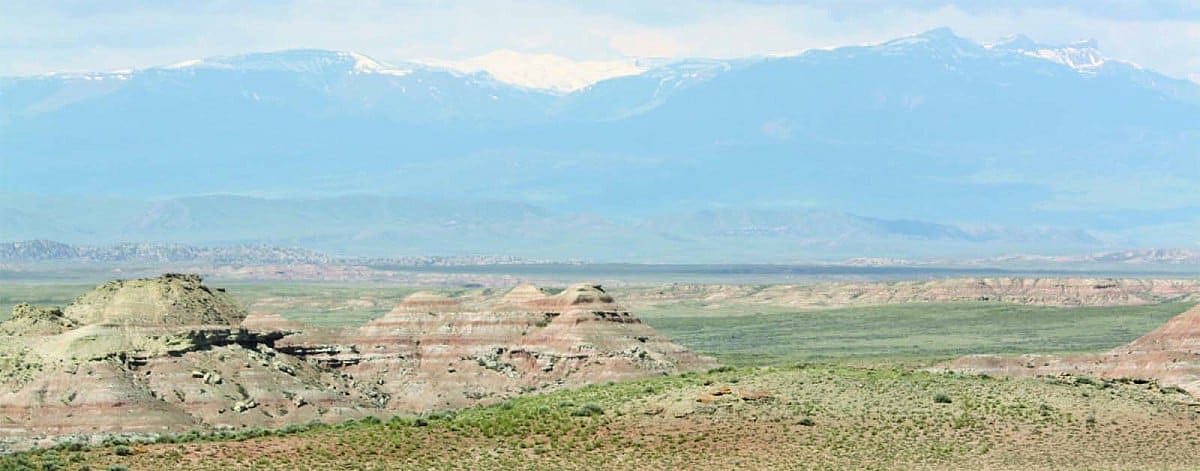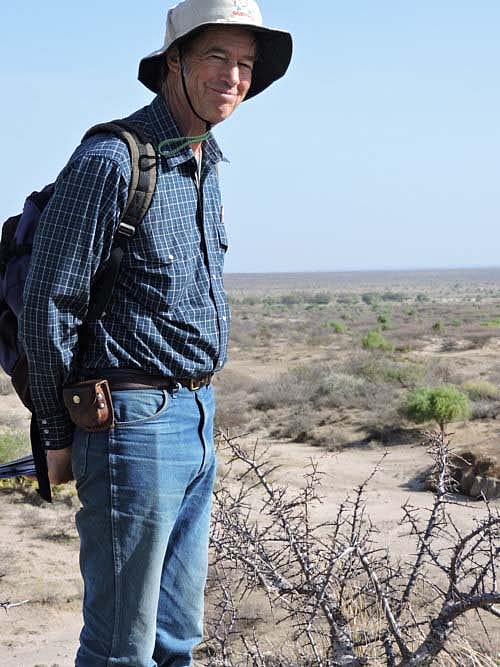
- This event has passed.
Virtual Lunchtime Expedition: Geologic Evolution of the Bighorn Basin
July 30, 2020 @ 12:00 pm - 1:00 pm MDT

A story of the geologic evolution of the Bighorn Basin in 6 easy chapters: Rocks for Everyone!
We invite you to join us for this lecture via Zoom Webinar!
When: Jul 30, 2020, Noon Mountain Time (US and Canada)
Topic: A story of the geologic evolution of the Bighorn Basin in 6 easy chapters: Rocks for Everyone!
Speaker: Bob Raynolds, PhD
Register in advance for this webinar: https://us02web.zoom.us/webinar/register/WN_ZMsnVPeHQvO7k6pBJtj9lg
After registering, you will receive a confirmation email containing information about joining the webinar.
By Bob Raynolds, PhD
July 30, 2020
Noon
Join us online for a late July Lunchtime Expedition. Consulting Geologist Dr. Bob Raynolds presents A story of the geologic evolution of the Bighorn Basin in 6 easy chapters: Rocks for Everyone! See the instructions above for instructions on how to view the lecture through Zoom Webinar. Questions for the speaker can be submitted during the talk.
The story starts in the depths of the Earth….crystalline rocks like granite make up the first chapter and the foundation of the story. Chapter 2: seas come and go—again and again—leaving fossils, redbeds, and huge cliffs of limestone. Chapter 3 records the arrival and departure of the Interior Seaway, seen in massive expanses of dark shale and marine fossils. Chapter 4: the birth of the Rocky Mountains; a time when the Bighorn Basin became well-defined for the first time. Thousands of feet of fossil-rich sediment filled the basin, a record that is world famous and draws researchers to the Basin every summer. Chapter 5: the erosion of the mountains and volcanic eruptions in the Absarokas; during this phase an instability on the basin margin launched the famous Heart Mountain mega landslide, creating a feature that graces Cody’s landscape today. The sixth and final chapter sees the regional uplift and incision of the landscapes, carving the terrain we know today.

All the rocks in the region can be fit into this framework, and though they have many names, the story they tell can be explained in a logical way where each event leads to the next and each rock fits into a logical pattern. This non-technical talk offers rocks for everyone.
About our speaker
Raynolds, a consulting geologist who has lived in Denver for more than 25 years, earned a Masters in Applied Earth Sciences from Stanford University and a PhD from Dartmouth College. He has taught at the Center for Excellence in Geology at Peshawar University in Pakistan, at Dartmouth College, and at the Colorado School of Mines, where he is presently an adjunct faculty member. Part of his responsibilities at CSM involve teaching applied field methods in geothermal exploration.
He is a Research Associate at the Denver Museum of Nature & Science where his dissertation research on the sedimentary rocks that accumulated at the foot of the Himalayas led him to study rocks in the Denver Basin that record the uplift of the Front Range. This has culminated in a series of publications focusing on deformation history and the stratigraphic control on groundwater distribution patterns.
Raynolds started research in the Bighorn Basin as an intern with Princeton University in 1969. This work involved crawling over ant hills looking for fossil teeth. Later he taught field classes based in Greybull for Dartmouth College for many years. This involved teaching students how to make geologic maps and to keep out of trouble in the mellow evenings along the Bighorn River.
He is Past-President of the Friends of Dinosaur Ridge and the Colorado Scientific Society. He has taught industry courses on rift valley and Western Interior Basin stratigraphy. He has taught short courses on water resources in China and in South America. His recent lectures focus on the character and integrity of the geological record and its role in helping us understand the impact of changing climate on Colorado’s ecology and water resources.

